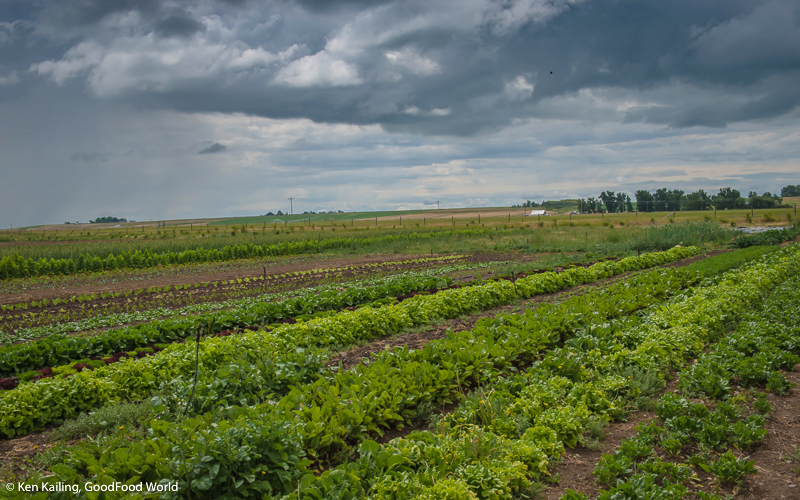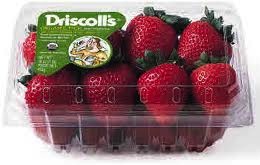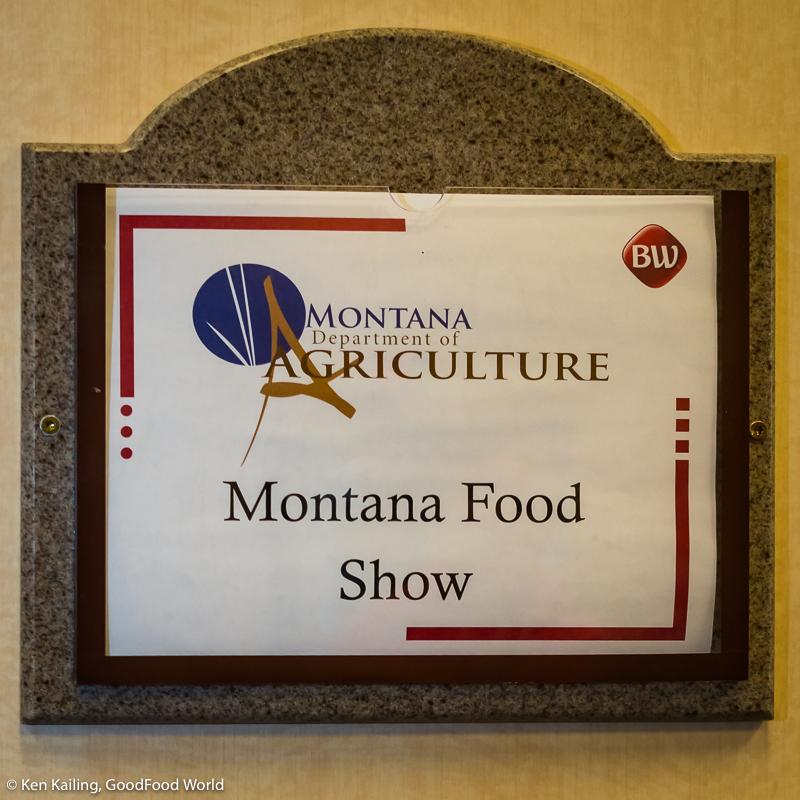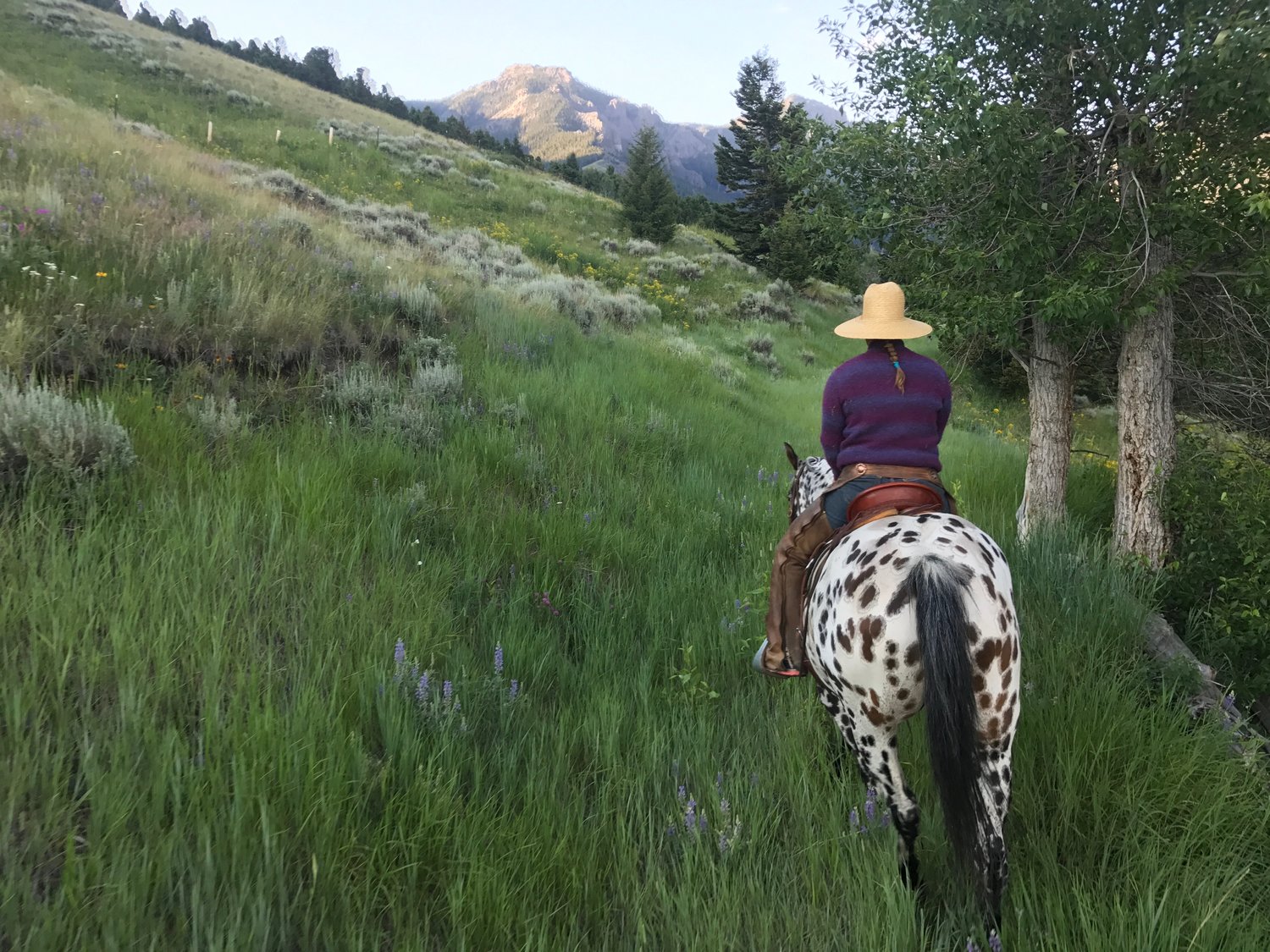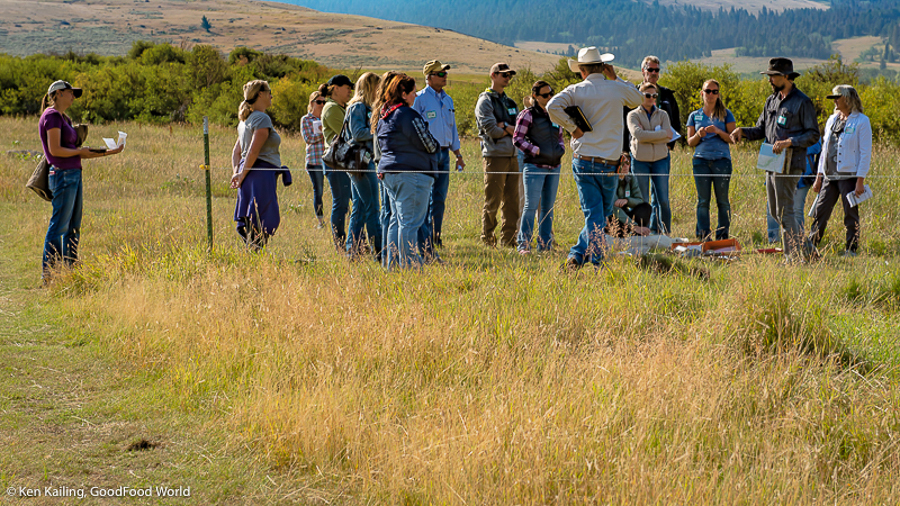Eating in Montana: Healthful Food or Junk Food?
Farmers markets and CSAs sprout up every spring along with the lettuce and tomato plants. Supermarkets across the country, from small family-owned stores to big box chains, are all offering organic options throughout the store, not just produce any more. So, we all think – or would like to think – that we’re eating nutritious food. Do we even know what good “nutrition” is?

